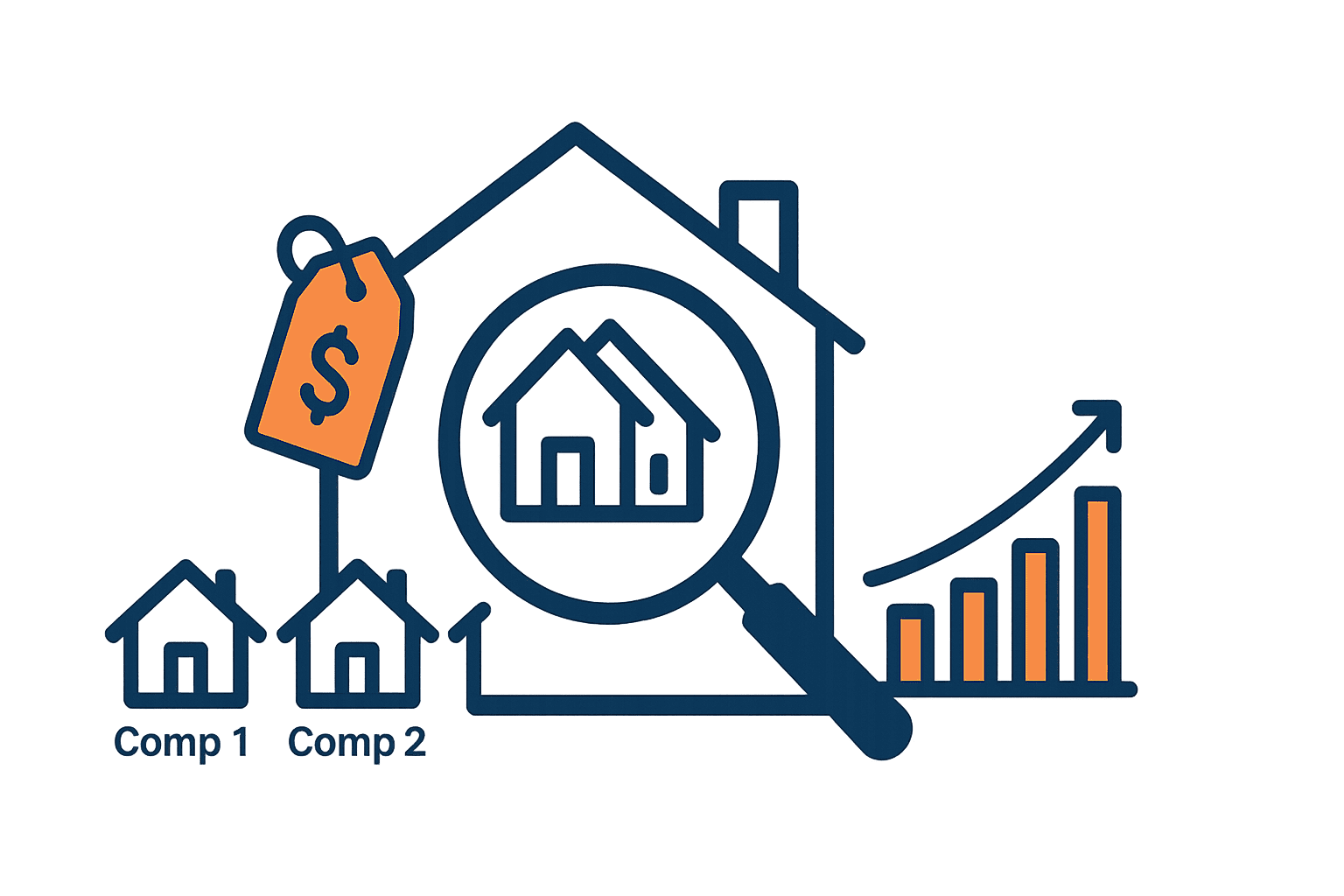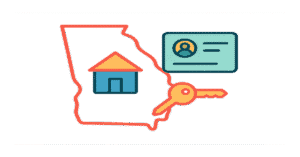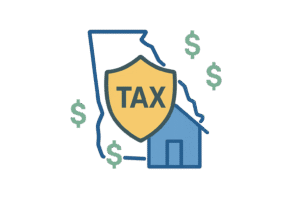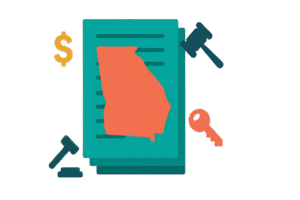Pricing Your Home to Sell: A Guide to Getting the Best Price
Home pricing strategies are vital when selling a home, as it’s often your most valuable asset. Pricing it correctly is the most important step in…

Home pricing strategies are vital when selling a home, as it’s often your most valuable asset. Pricing it correctly is the most important step in the selling process. It’s the difference between a quick sale for top dollar and a property that sits on the market for months.
A well-priced home attracts serious buyers, generates lots of showings, and often sells quickly. An overpriced property, however, becomes stale. Buyers and their agents often skip over it entirely. On the other hand, underpricing can cost you thousands of dollars in lost profit. The key is understanding market value and using effective pricing strategies. This guide will walk you through proven pricing strategies that work today. You’ll learn how to leverage market analysis, work with a knowledgeable agent, and apply expert tips to achieve a successful sale.
Foundational Pricing Strategy: Determining Your Home’s Market Value
The foundation of any successful pricing strategy starts with one crucial element: objectivity. Your home’s worth isn’t determined by what you paid for it or how much you invested in improvements. It’s determined by what buyers are willing to pay for similar properties in the current market.
This can be a tough reality, especially since you have an emotional attachment to your home. But the market doesn’t care about your memories. It only cares about comparable sales. Sellers who insist their home is worth more than the data suggests often end up frustrated when it doesn’t sell.
The Comparative Market Analysis (CMA): Your First Step

A Comparative Market Analysis, or CMA, is the gold standard for determining your home’s market value. A CMA is a detailed report card that compares your property to similar homes that have recently sold in your area.
When a real estate professional does a CMA, they’re analyzing concrete market data. This process involves examining:
- Recent sales data: What similar homes actually sold for.
- Current market trends: Is the market hot or slow?
- Local market dynamics: What’s happening in your specific neighborhood?
This isn’t a quick online estimate. It’s a thorough analysis that forms the starting point for your pricing strategy.
Key Factors in a CMA
Table Content:
| Factor | Description | Impact on Pricing |
|---|---|---|
| Comparable Sales | Homes sold in the last 3-6 months, similar in size, style, and condition | Provides baseline for market value |
| Property Size | Square footage, bedrooms, bathrooms, lot size | Price per square foot normalizes comparisons |
| Location | Neighborhood, school districts, proximity to amenities | Major influence; cul-de-sac vs. busy street affects value |
A proper CMA looks at several key factors to give you the most accurate price range.
- Comparable Properties and Recent Sales The heart of any CMA is finding comparable properties, or “comps,” that have sold within the last three to six months. These homes should match your property as closely as possible in size, style, and condition. An agent will focus on what sold, not what’s listed now. The sold data provides the most accurate picture of what buyers are actually paying.
- Property Characteristics and Square Footage Size matters significantly. Agents evaluate similar properties based on total square footage, number of bedrooms and bathrooms, lot size, and overall layout. The price per square foot helps normalize these comparisons. Storage space, garage size, and outdoor living areas also factor into the analysis. For example, a home with a great outdoor living space might sell for a premium in a warm climate.
- Location and Neighborhood Dynamics Location influences property values more than any other single factor. Your agent will analyze local conditions, school district ratings, and proximity to amenities. A home on a busy street might be priced differently than an identical one on a quiet cul-de-sac. They’ll also look at local trends. Some neighborhoods are appreciating faster than others due to new developments or changing buyer preferences.
Beyond the CMA: Additional Factors to Consider
While a CMA provides the foundation, several additional factors can influence your home’s value and pricing strategy.
- Unique Features and Recent Renovations: Your home’s unique features can justify a higher price. Recent renovations, especially in kitchens and bathrooms, can add significant value. However, be realistic about how much these improvements actually increase market value. A custom-built entertainment center that cost you $15,000 might not add that amount to your home’s value if it doesn’t align with what most buyers want.
- Market Conditions and Interest Rates: Understanding current market conditions is essential. Interest rates directly impact buyer demand and purchasing power. When rates are low, buyers can afford higher-priced homes. When rates rise, demand often shifts. Inventory levels in your area also affect pricing. If there are few homes for sale, you can price more aggressively. If there are many, competitive pricing is crucial.
- Online Tools and Their Limitations: Online home value estimates can be a starting point, but they shouldn’t be your only resource. These automated valuations often miss important details about your home’s condition. Online estimates can vary by tens of thousands of dollars. Use these tools for initial research, but rely on professional advice and a proper CMA for accurate pricing.
Pricing Strategies for Today’s Real Estate Market

Knowing whether you’re in a seller’s or buyer’s market fundamentally shapes your pricing strategy. These market conditions can change quickly and vary by neighborhood or price range. Recognizing them and adjusting your approach can mean the difference between a successful sale and a frustrating one.
Pricing Strategies in a Seller’s Market
A seller’s market occurs when inventory is low and buyer demand is high. You know you’re in one when homes sell quickly and often receive multiple offers.
The most successful pricing strategy here isn’t to price aggressively high. It’s to find the price that attracts the maximum number of potential buyers. This approach can lead to a bidding war that drives the final sale price above your list price. Homes priced just below market value can receive offers $20,000 to $30,000 above asking price due to competitive bidding.
However, even in a seller’s market, pricing too high carries risks. Overpriced homes can still sit on the market, because buyers are savvy about recognizing value. A home that lingers on the market often requires a price reduction later, which can signal desperation to potential buyers.
Pricing Strategies in a Buyer’s Market
A buyer’s market exists when there are more homes for sale than there are qualified buyers. Buyers have more choices and can be more selective about price and condition.
During a buyer’s market, setting a realistic price is critical. Buyers will compare your property to many others. Overpricing will simply cause your home to be overlooked. Competitive pricing helps your property stand out from the increased inventory.
In these conditions, pricing at or slightly below market value can attract more showings and create the perception of a great value. This strategy helps you capture buyer interest before they move on to other options. Professional advice is invaluable during a buyer’s market. An experienced agent understands local dynamics and can help you position your property competitively.
Advanced Pricing Tactics to Get the Best Possible Price
Once you understand the basic principles, several advanced tactics can help you get the most for your home.
The Psychology of Pricing: Why a Fair Price Matters

Psychological pricing is a simple but effective strategy. Pricing just below a round number (like $499,000 instead of $500,000) impacts how buyers search online. Most platforms allow buyers to set a maximum price filter. A home priced at $500,000 won’t show up in searches for buyers who set their limit at $499,999. By pricing at $499,000, you capture both groups of buyers.
This tactic extends beyond online searches. Buyers often perceive $499,000 as significantly less expensive than $500,000. This perception can generate more interest and more showings. This psychological approach should support, not replace, a proper market analysis. The price must still reflect fair market value.
Strategic Adjustments and Bidding Wars
Even a well-priced home may need a price adjustment. If your home has been on the market for a while without serious interest, a reduction might be necessary. The key is to make one significant price reduction instead of multiple small ones. Small, frequent drops can signal desperation and make buyers think there’s a problem with the home.
When you consider a reduction, analyze feedback from showings. Are buyers visiting but not making offers? Are you getting fewer showings than expected? This information helps determine if price is the issue. A successful pricing strategy, when done correctly, can lead to the sale you’re seeking.
The Role of a Real Estate Expert
While online information is a great starting point, nothing can replace a knowledgeable real estate agent. The right agent brings years of experience, local market knowledge, and negotiation skills that can significantly impact your final sale price.
What an Agent Provides Beyond the Price Tag
An experienced real estate professional offers in-depth knowledge of local market trends. They understand subtle neighborhood dynamics, seasonal patterns, and buyer preferences. Your agent provides valuable insights into buyer behavior and what features are in high demand. This knowledge helps with not just pricing but also staging and marketing.
Expert negotiation skills are needed when you receive offers. A skilled agent can handle multiple-offer situations, counter-offer strategies, and contract negotiations to get the best possible terms. They know when to hold firm on price and when flexibility is better. Your agent can also advise on timing strategies, like when to hold an open house and how to use virtual tours. These tactical decisions support your overall pricing strategy and help you achieve a successful home sale.
Conclusion: Your Comprehensive Guide to a Profitable Sale
Effective home pricing requires solid research, strategic thinking, and professional expertise. The key to a successful sale is to conduct thorough market analysis, price strategically based on current conditions, and partner with an experienced professional.
Your home is a significant financial investment, and maximizing that investment requires more than guesswork. By applying the strategies in this guide, you’ll be well-positioned to navigate the housing market effectively. The most successful sellers combine market knowledge with professional guidance to make informed pricing decisions. Partner with a qualified real estate professional who can provide the expertise and negotiation skills necessary to achieve your goals and secure a profitable sale.





